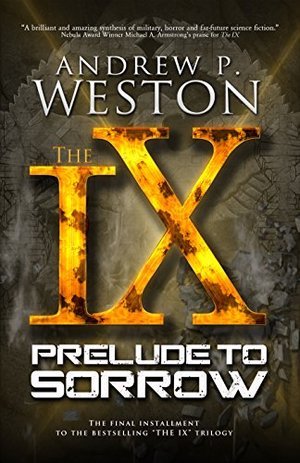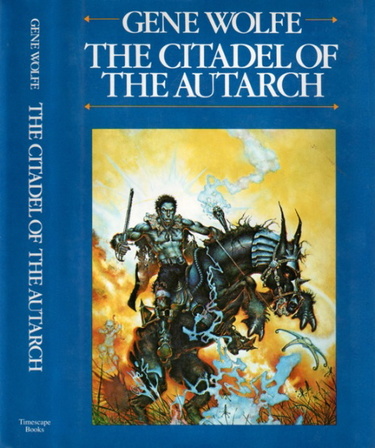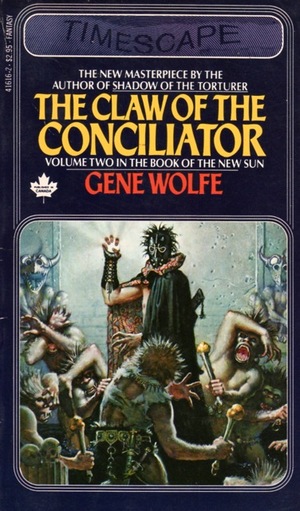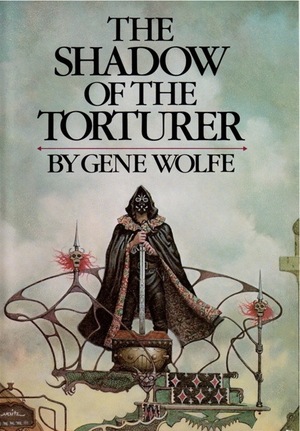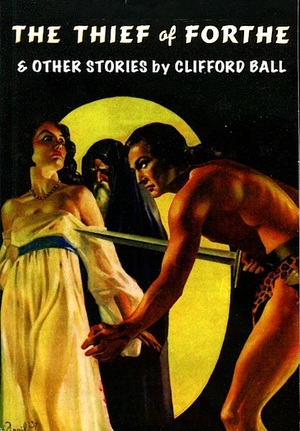Rescued from the Vaults of Time: The Sapphire Goddess – The Fantasies of Nictzin Dyalhis
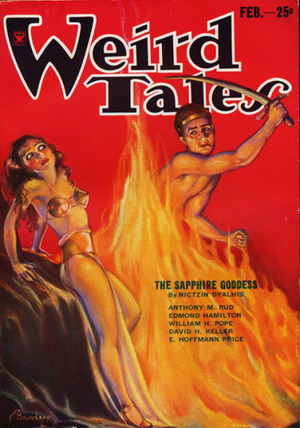 Dave Ritzlin, impresario of DMR Books, has rescued another writer from the distant, fog-obscured days of pulp fantasy. He has done for Nictzin Dyalhis as he did for the nearly-forgotten Clifford Ball (reviewed by me here). If you, like most people, have no idea who Dyalhis was, Ritzlin presents as much information as is available in an excellent introduction to The Sapphire Goddess (2018), his new collection of all nine of the author’s fantasy and science fiction stories.
Dave Ritzlin, impresario of DMR Books, has rescued another writer from the distant, fog-obscured days of pulp fantasy. He has done for Nictzin Dyalhis as he did for the nearly-forgotten Clifford Ball (reviewed by me here). If you, like most people, have no idea who Dyalhis was, Ritzlin presents as much information as is available in an excellent introduction to The Sapphire Goddess (2018), his new collection of all nine of the author’s fantasy and science fiction stories.
A quote from the introduction:
Even though Nictzin Dyalhis was the eccentric author’s legal name at that time, it’s highly unlikely he was named that way at birth. He claimed that “Nictzin” was a Toltec Indian name and “Dyalhis” was an old English (or, alternately, Welsh) surname. Neither of these claims is true. Many speculated that his real name was Nicholas Douglas or Nicholas Dallas or something similar, which he modified into something more exotic.
Nonetheless, Weird Tales publisher Farnsworth Wright swore to Donald Wandrei that all the checks for Dyalhis’s stories “were made out to that name.” Whatever the reality, there’s something wonderfully perfect about a fantasist being remembered solely by a name of mysterious origins.
The nine stories in The Sapphire Goddess were published between 1925 and 1940. Eight were published in Weird Tales, with only “He Refused to Stay Dead” published in another magazine, Ghost Stories. Save for the explicitly sci-fi “When the Green Star Waned” and its sequel “The Oath of Hul Jok”, they are a mix of horror and heroic fantasy. Running through most of them is a theme of reincarnation or forgotten past lived in another dimension.
“When the Green Star Waned” (1925) and “The Oath of Hul Jok” (1928) are two adventures of the planet Venhez’s greatest heroes. The first concerns a journey to the now-silent planet Aerth to determine why no one’s heard anything from its inhabitants in years. Dyalhis’s first published story, it’s not an especially finely-wrought story, but it is very successful at creating a nightmare atmosphere, made all the more malevolent with horrible semi-material monsters from the dark side of the moon. It also seems to have introduced the word Blastor for ray guns. That alone is a more than worthy legacy for any pulp story.
